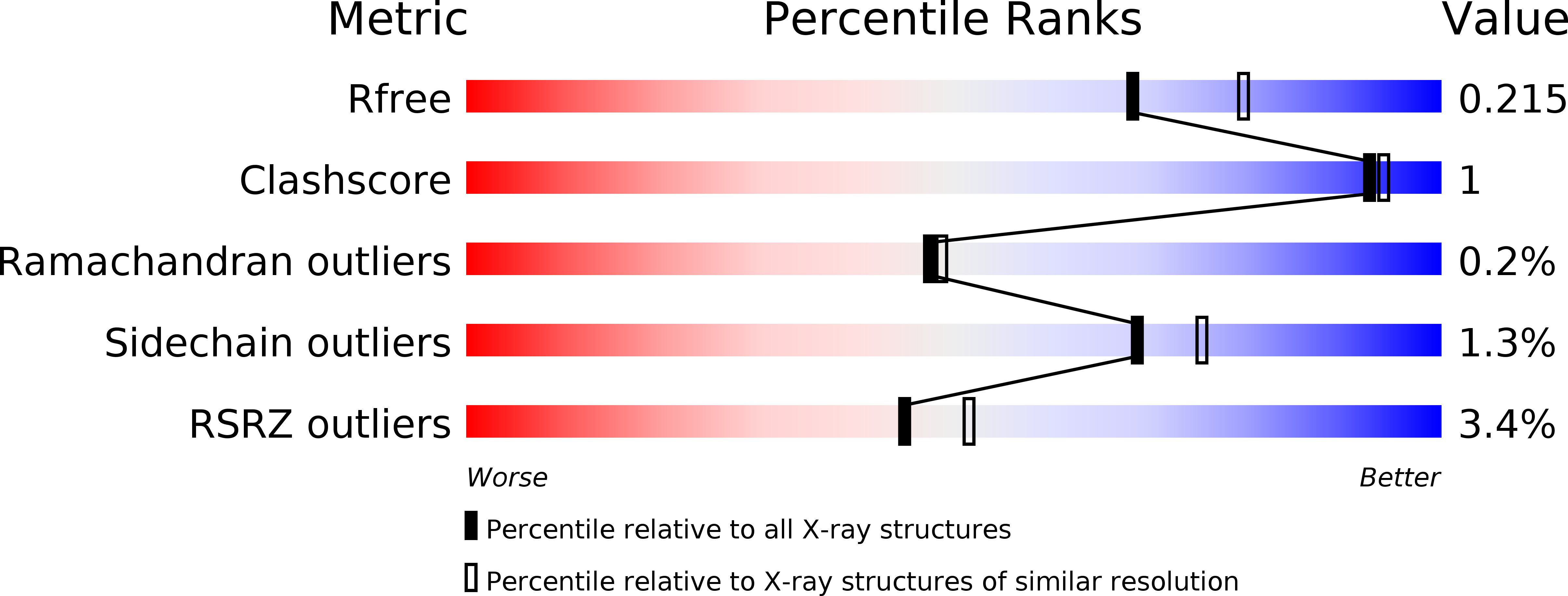
Deposition Date
2011-10-31
Release Date
2012-01-25
Last Version Date
2023-12-20
Entry Detail
PDB ID:
4A67
Keywords:
Title:
Mutations in the neighbourhood of CotA-laccase trinuclear site: D116E mutant
Biological Source:
Source Organism:
BACILLUS SUBTILIS (Taxon ID: 1423)
Host Organism:
Method Details:
Experimental Method:
Resolution:
2.10 Å
R-Value Free:
0.21
R-Value Work:
0.18
R-Value Observed:
0.18
Space Group:
P 31 2 1


